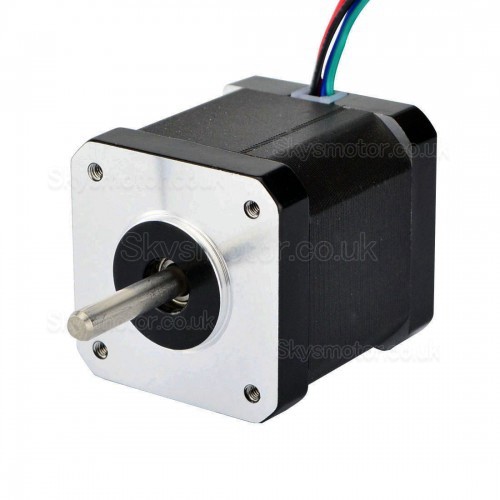Can a Servo Motor "Lose Steps"?
Can a Servo Motor "Lose Steps"?
A question that often arises in the realm of robotics and automation is whether a servo motor can "lose steps." The term "losing steps" is commonly used with stepper motors, which move in discrete step increments. A stepper motor might "lose steps" if it fails to complete a step due to inadequate torque, mechanical resistance, or other disturbances which can result in positional errors. But does this concept apply to servo motors? To understand this, let's first delve into the fundamental differences between stepper and servo motors.
Stepper Motors vs Servo Motors
Stepper motors move in a series of discrete steps, hence the name. They operate by receiving pulses of electricity that move the motor a specific number of degrees per pulse. For example, a motor might move 1.8 degrees for each pulse. If a stepper motor receives 200 pulses, it will make a full 360-degree rotation. The controller doesn't receive feedback about the motor's actual position, so if the motor fails to make a step due to external forces, it "loses" a step, and the controller has no way of knowing.

On the contrary, servo motors consist of a motor coupled to a sensor for position feedback, usually an encoder, and a control circuit. They operate in a closed-loop control system, which means that the controller continuously monitors the motor's position and adjusts the control signals accordingly. If a servo motor starts to veer off course, the controller can correct the motor's position, ensuring it reaches its intended destination.
.jpg)
Can Servo Motors Lose Steps?
Given their closed-loop control mechanism, servo motors, in theory, shouldn't "lose steps" as stepper motors do. If a disturbance causes the motor to deviate from its intended position, the feedback loop picks up this discrepancy. The controller then adjusts the motor's position, ensuring it adheres to the intended path. This is why servo motors are often chosen for applications that require high precision and torque.
However, while a servo motor may not lose steps in the traditional sense, it can still encounter issues that lead to positional errors. Overloading the motor, for example, can cause it to stall, leading to a loss in positioning. Similarly, if the feedback loop fails, the controller will be unable to correct the motor's course, leading to errors.
In extreme cases, if the motor is subjected to a force that exceeds its maximum torque, it might not be able to maintain its position despite the feedback loop. This situation is often referred to as "losing control," which, although it isn't the same as "losing steps," can still result in the motor failing to reach its intended position.
